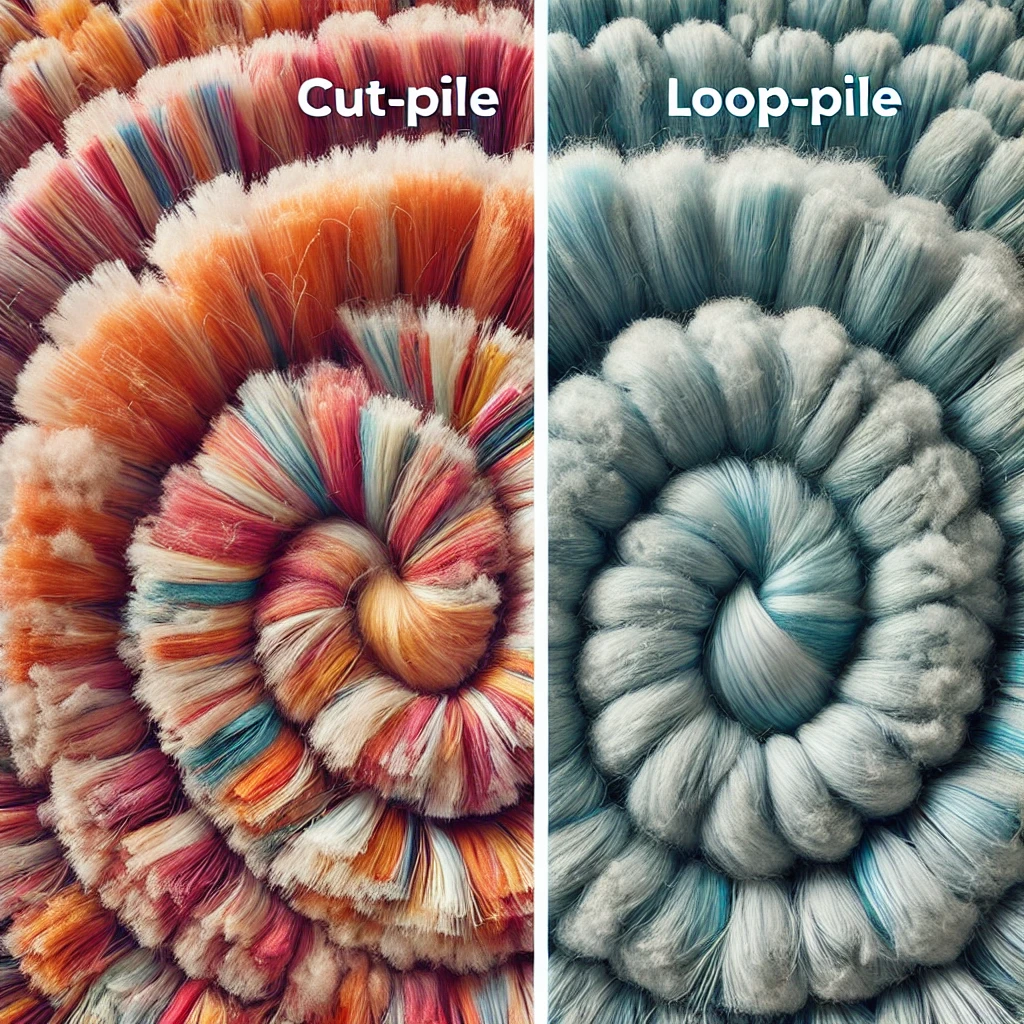If you’re just starting out with rug tufting, you probably have a lot of questions. Rug tufting is a rewarding and creative craft, but it can feel overwhelming at first. To help you on your journey, we’ve compiled a list of the most frequently asked questions about rug tufting. Hopefully, this guide will make your tufting experience a little smoother and more enjoyable!
1. What Is Rug Tufting?
Rug tufting is a textile art where yarn is pushed through a fabric backing to create patterns and textures. This is typically done using a tufting gun, which makes the process faster and easier compared to traditional rug making methods. The result can be anything from a small decorative piece to a full-size, cozy rug.
2. What Tools Do I Need to Start Rug Tufting?
To start tufting, you’ll need the following essentials:
- Tufting Gun (either cut-pile or loop-pile)
- Backing Cloth (e.g., monk’s cloth, burlap)
- Frame (to keep the fabric taut)
- Yarn (various types, though thicker yarn works best)
- Glue & Backing Fabric (to secure and finish the rug)
3. What’s the Difference Between a Cut-Pile and Loop-Pile Tufting Gun?
A cut-pile tufting gun cuts the yarn as it goes through the backing cloth, leaving small strands that form a fluffy texture. A loop-pile tufting gun leaves loops of yarn intact, creating a more structured, durable surface. The choice depends on the look and feel you want for your rug.

4. How Hard Is It to Learn Rug Tufting?
Rug tufting is relatively easy to learn, but it does take some practice to master. The tufting gun can feel heavy or awkward at first, and achieving consistent tension is a skill that improves over time. Most beginners are able to create simple designs with some patience and practice.
5. How Do I Keep My Backing Cloth Taut?
The backing cloth needs to be pulled tightly over a wooden frame and secured using staples or tack strips. Keeping it taut ensures that the yarn goes through evenly and helps prevent mistakes during tufting.
6. What Type of Yarn Is Best for Tufting?
Wool, acrylic, and cotton yarns are all suitable for rug tufting. Thicker yarns are generally easier to work with and create a more substantial, plush rug. Make sure to choose yarn that’s durable, especially if you plan to use the rug in high-traffic areas.
7. Can I Create My Own Designs?
Absolutely! One of the best parts of tufting is how customizable it is. You can draw your own design directly on the backing cloth with a marker. Beginners may want to start with simple shapes, while more experienced tufters might try detailed illustrations.
8. How Do I Finish My Rug After Tufting?
Once the tufting is complete, apply glue to the back of the rug to secure the yarn. Once the glue dries, trim any excess yarn and attach a backing fabric (such as felt) to give the rug a polished, finished appearance.
9. Is Rug Tufting Expensive?
There is an upfront cost for the tufting gun and frame, which can be a bit pricey, but the yarn and other materials are relatively affordable. If you plan on making multiple rugs, the initial investment becomes more worthwhile.
10. Is It Safe to Use a Tufting Gun?
Yes, tufting guns are generally safe to use, but they do require careful handling. Always make sure to keep your hands away from the front of the gun while it’s running, and start at a low speed if your gun has adjustable settings.
11. Can Kids Do Rug Tufting?
Due to the weight of the tufting gun and the need for caution, rug tufting is best suited for teenagers and adults. Younger kids can participate in parts of the design process or even help pick out colors, but operating the tufting gun should be done by someone responsible.
12. How Do I Care for My Finished Rug?
To care for your tufted rug, vacuum it regularly to remove dirt and dust. Spot clean with mild soap and water if needed. Avoid putting tufted rugs in washing machines, as this can damage the yarn and backing.
Final Thoughts
We hope this FAQ has answered some of your rug tufting questions! The key to rug tufting is to enjoy the creative process. Don’t be afraid to make mistakes—each project will teach you something new. Grab your tufting gun, pick some vibrant yarn, and start creating your masterpiece!
Leave a Reply